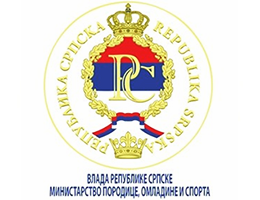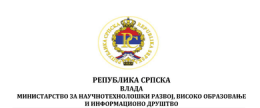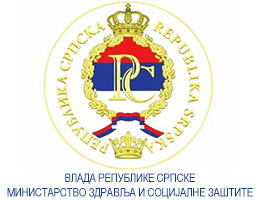Improving Teaching and Learning in Physical Education: Using a developmental continuum and eliminating traditional grading
Volume 5, Issue 2 (2015)
Volume 5, Issue 2 (2015)
Improving Teaching and Learning in Physical Education: Using a developmental continuum and eliminating traditional grading
Abstract:
Assessment methods and the ownership of learning in Physical Education remain, in most cases, as highly traditional practices which do not fully allow students to be active and enthusiastic participants in the process of learning physical skills and health related knowledge. This study focuses on the improvements of student accountability and ownership for learning in Physical Education classes when traditional grading is removed and a year-level-only curriculum is replaced with a developmental learning continuum. The context of this study is to identify the relationship between student motivation, interest in learning, and the accountability to reach set goals when grade rewards are replaced with clear descriptions of student performance and development along a schema of skills and knowledge in PE. The research of our project will determine that the modifications made to the process of teaching and learning has improved the learning experience of our test subjects. The study has proven that when traditional grading is removed and students have the opportunity for true differentiated learning, they demonstrate far more intrinsic motivation in their learning. The students have taken grater ownership over their development and have become more accountable for their own process of learning. To truly unlock the potential of each child, we educators need to support our students to be risk takers who are inquiring and reflective.
Keywords:
developmental continuum, grading, ownership, accountability, physical education
Full Text:
References:
- Airasian, P.W. (1994). Classroom Assessment. New York: McGraw-Hill.
- Anderson, R. S. (1998). Why talk about different ways to grade? The shift from traditional assessment to alternative assessment. New Directions for Teaching and Learning, 1998(74), 5-16.
- Hardegree, A.C. (2012). Standards based assessment and high-stakes testing: Accuracy of standards-based grading (Unpublished doctoral dissertation). Liberty University, Lynchburg, Virginia.
- Kohn, A. (2008). Progressive education. Independent School.
- Kort, B. & Reilly, R. (n.d.). Restructuring Education Pedagogy: A Model for Deep Change. Cambridge, MA: The Media Laboratory, Massachusetts Institute of Technology, {bkort,reilly}@media.mit.edu.
- Lowman, J. (1990). Promoting motivation and learning. College Teaching, 38(4), 136-139.
- Lund, J. (1992). Assessment and accountability in secondary physical education. Quest, 44(3), 352-360.
- Marzano, R. (1996). Eight questions about implementing standards-based education. Practical Assessment, Research & Evaluation, 5(6).
- Marzano, R., Pickering. D. & Pollock, J. (2001). Classroom instruction that works. Alexandria, Virginia: ASCD.
- Melograno, V. J. (2007). Grading and report cards for standards-based physical education. Journal of Physical Education, Recreation & Dance, 78(6), 45-53.
- Miller, J. J. (2013). A Better Grading System: Standards-Based, Student-Centered Assessment. English Journal, 103(1), 111-118.
- O'Connor, K. (2007). A repair kit for grading. Portland, OR: Educational Testing Service.
- Pink, D. (2009). The Puzzle of Motivation. TEDGlobal, 2009. http://www.ted.com/talks/dan_pink_on_motivation
- Scriffiny, P.L. (2008). Seven Reasons for Standards-Based Grading. Expecting Excellence. 66, (p.70-74).
- Zhang, Z., & Burry-Stock, J. A. (2003). Classroom assessment practices and teachers' self-perceived assessment skills. Applied Measurement in Education, 16(4), 323-342.






